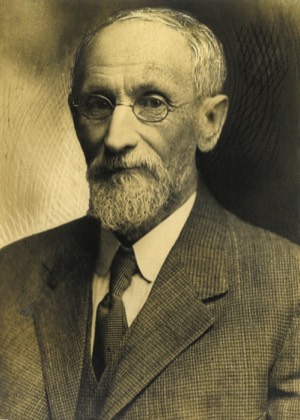"Why Do Weapons Fail? Can We Do Anything to Prevent that Failure?"

Reliable and accurate firearms have been the keystone of national security for many hundreds of years. New small arms designs have focused on reduced need for maintenance and enhanced accuracy and reliability, yet few truly dramatic changes have been introduced since 1860 when Christopher Spencer filed a US patent on the first magazine fed, automatic carbine and started the Spencer Arms Company in Windsor CT.
In contrast, the automobile over the last five decades has seen dramatic and disruptive changes that produced lower cost, highly reliable automobiles. This has been enabled through the use of sensors and microchips to both control and manage complex mechanical functions, and to diagnose and warn the driver of problems before they occur. Sensors in complex mechanical devices has spawned an entirely new engineering field known Prognostic Health Management, PHM or often called Prognostics. Literally hundreds of published PHM academic papers, PHM corporate devisions and PHM professional socities exist. Over the last decade PHM has become the cornerstone for P&G, NASA, the DoD, Lockheed Martin, and virtually all major defense or industrial companies - a very long list.
Yet, after over 650 years of small firearms use, common hand carried weapons used for security or protection do not even have a simple mileage indicator (number rounds fired), forget about any advanced sensors or PHM analysis of complex mechanical events. That's why weapons fail.
This leads to a second question, “where are the small firearm sensors and microchips to enable PHM weapon programs? “. Examples of failed weapons in the field are common (see Guns Failed US Troops in Afghan Battle) have led to tragic losses of life, and military setbacks. We provide a summary why weapons fail and how they can be prevented in a Power Point.
The Allegro weapon shot counter is the first quantitative, battlefield secure PHM sensor created and designed though experimental gun physics - It's not just more "artificial intelligence" jabber and promotional hype. Its based on 100s of thousands of rounds of data, many years of testing, IRF signal processing and data mining. We think Allegro over the next few years will fundamentally change and improve the design and reliability of the automatic carbines. Visible has established a PHM weapon laboratory (see WSC-Lab) designed to expand our weapon IRF database and knowledge base, with one of our major Allegro 20/20 and Armory 20/20 partner LMT Defense.
Visible designs, manufactures and sells a variety of other wireless PHM sensor products for Defense IoT and Industrial IoT applications and devices.
